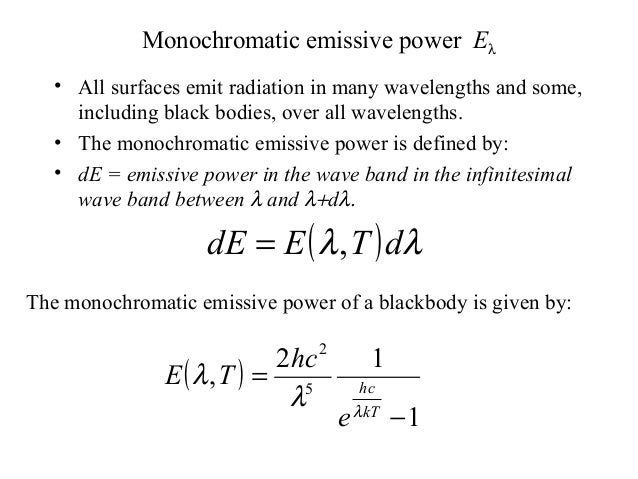

Nevertheless, it is still necessary to have command of it. Consequently, present-day students are not fully in command of this language. Nowadays, when teaching analysis, it is not very popular to talk about infinitesimal quantities. Following this, mathematicians developed surreal numbers, a related formalization of infinite and infinitesimal numbers that include both hyperreal cardinal and ordinal numbers, which is the largest ordered field. Infinitesimals regained popularity in the 20th century with Abraham Robinson's development of nonstandard analysis and the hyperreal numbers, which, after centuries of controversy, showed that a formal treatment of infinitesimal calculus was possible. As calculus developed further, infinitesimals were replaced by limits, which can be calculated using the standard real numbers. This definition was not rigorously formalized. Infinitesimal numbers were introduced in the development of calculus, in which the derivative was first conceived as a ratio of two infinitesimal quantities. Infinitesimals do not exist in the standard real number system, but they do exist in other number systems, such as the surreal number system and the hyperreal number system, which can be thought of as the real numbers augmented with both infinitesimal and infinite quantities the augmentations are the reciprocals of one another.

The word infinitesimal comes from a 17th-century Modern Latin coinage infinitesimus, which originally referred to the " infinity- th" item in a sequence. In mathematics, an infinitesimal number is a quantity that is closer to zero than any standard real number, but that is not zero. Infinitesimals (ε) and infinities (ω) on the hyperreal number line (ε = 1/ω)


 0 kommentar(er)
0 kommentar(er)
